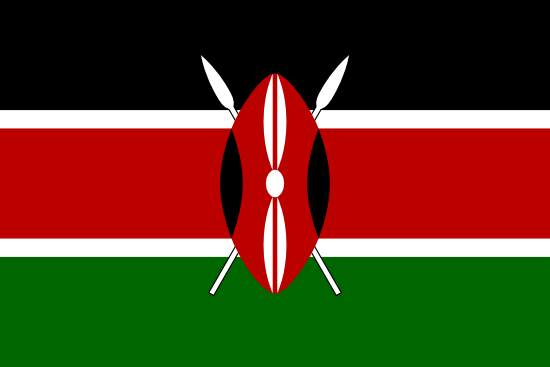Restoration of Mt. Elgon Forest
Mount Elgon Forest Ecosystem is one of Kenya’s five major water towers and the second-highest mountain in the country. It is an important catchment for River Nzoia, which drains into Lake Victoria and River Turkwel which drains into Lake Turkana. It was declared a Biosphere Reserve by UNESCO in 2003 in recognition of its significance as a water tower and biodiversity reservoir.
The ecosystem is gazetted as a montane forest reserve (73,705 ha) managed by the Kenya Forest Service,
a national park (16,916 ha) managed by the Kenya Wildlife Service and a nature reserve (17,200 ha) managed by Bungoma County Government. Over the years, the area surrounding the forest ecosystem has experienced a surge in human population mostly as a result of immigration, increasing the human population density to about 600 people/km2.
A majority of these are poor peasant farmers who depend on the forest for most of their subsistence needs. Consequently, most of the households that live 0-3 km from the forest have converted large swaths of the mixed montane forest that borders community land into farmland significantly reducing the forest cover. The situation has led to considerable levels of forest disturbance and degradation, which have significantly affected the floristic and structural composition and water catchment functions of the forest ecosystem. Loss of forest cover – deforestation activities including the introduction of ‘Shamba System’ has resulted in the loss of forestland occupied by both plantations and indigenous forests in Mt Elgon Forest. Burning of charcoal and search for building constructions by residents have also been impacted by the loss of glorious and giant trees like Elgon teak (Tectona grandis), Olea spp. It’s estimated that 1ha of bamboo forest cover has been destroyed in the search for firewood by women and men neighboring the forest. Soil loss – soil erosion is the major problem in the many
degraded forests resulting in sedimentation of the water systems downstream. Mt Elgon is an important water
tower for rivers that traverse Bungoma County and supply water for domestic use. Soil erosion upstream
has led to siltation of the river water thus accelerating the demand for water treatment chemicals as well as reducing the lifespan of water pumping systems.
Degradation of water catchment areas and flooding – massive and intensive runoff from the water catchment areas during heavy rainy seasons is associated with flooding in the Nzioa River Basin.
This has caused loss of human and animal life, damaged property; increased cases of waterborne diseases hence enhancing abject poverty in the local and affected communities. There is also evidence of the expanded width of riverbanks affecting the size of riparian areas.
10% Tree Cover Initiative- NEMA, Bungoma has participated and collaborated actively with other relevant lead agencies and the community in ensuring the nationwide objective of 10% forest cover. Bungoma County has planted a total of 450,000 tree seedlings since the inception of the directive. During the world environment day hosted at Kenya Medical Training College, Bungoma Campus witnessed at least 3,000 tree seedlings planted and 2000 tree seedlings donated to communities, and primary and secondary schools. Environmental stewardship and awareness – Bungoma County Director of Environment has had frequent media interviews where he has conversely sensitized
and empowered Bungoma residents on the importance of conserving, protecting, and restoring existing natural resources and exercising environmentally sound practices including proper sand harvesting, waste management, agricultural practices along rivers, farm forestry. This will guarantee the environmental quality, integrity, and governance of natural resources in a sustainable manner.
P

